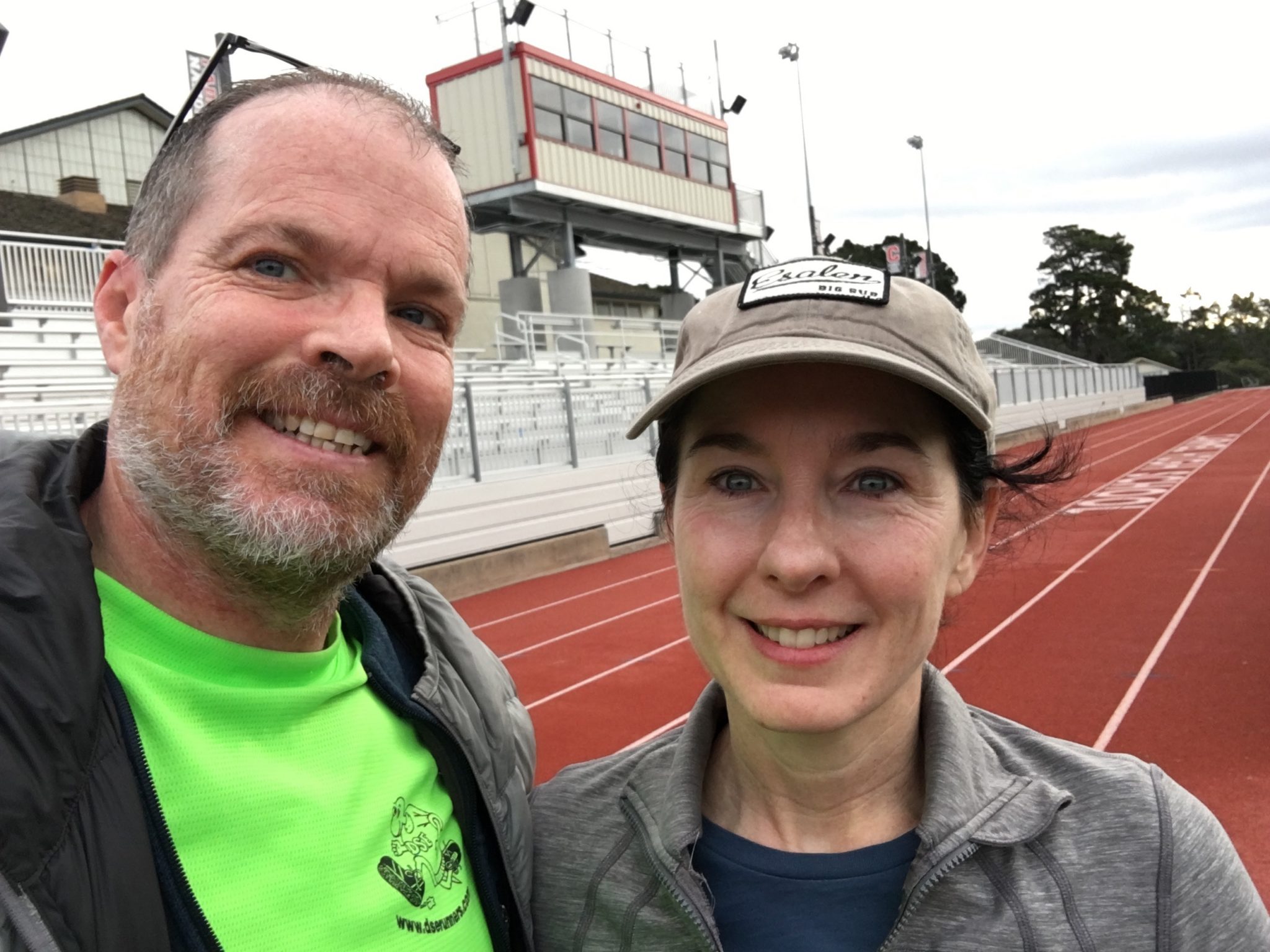



Weav was featured on the Apple app store, so I downloaded it. Weav promised to solve the biggest problem with running to music. It plays music that automatically adjusts the beats per minute to match your stride.
Stride cadence is getting a lot of attention in running circles as being not only a crucial element of performance but also the key to avoiding injury. The one true way to run according to numerous current experts requires that you maintain a stride rate of 180 strides per minute or more. Weav adjusts the music to match that stride rate so that you are getting the music at the right tempo. You can run to the beat.
To accomplish this feat requires some engineering. It’s not as easy as just slowing down the music. Just slowing or speeding up the tempo would change the pitch of the vocals to a chipmunk tweet or a double baritone depending on your pace. Instead, Weav remasters the songs it has licensed. The percussion track and the rhythm section are played back independently from the vocal track. The rhythm sections switches from a standard beat you recognize to break beats and triples where necessary to match the desired pace. It like a dance a remix of the track. What this means is that you can’t just play any old song on Weav, it must be one that they have specially mastered. Weav claims to have 100 songs and there were many in the library that I found to be acceptable accompaniment to my run. In their mastering, however, most of the songs seems to be originally designed to play at 120 bpm. So, when I crank them up to 180, they all seem to devolve into skipping gerbil dance music. I scanned through the catalog once and listened to a snippet of each track playing at 180, and set the app to skip the songs I didn’t like so well.
It works. I tried it two ways. I set the desired pace to 180 and just started. I kept up my pace up to match the music and used the beat as a metronome to keep my strides short and quick. I liked the feeling of everything being in sync. I also realized that 180 strides per minute is just a little fast for me. 178 was more my speed.
Weav can also be set can sense your running tempo and adjust the bpm of the music to your pace. The cadence sensing algorithm has enough dampening function that the adjustments to the music tempo are largely undetectable. I can start out running at a little faster pace and as I groove down to my natural pace the music stays with me. If the changes in pace are gradual and modest, the changes in the music pace are also.
I gave the app a challenge when I ran 200 meter intervals. When I sped up to my interval pace, Weav got a little confused about what tempo music it should play. The pace slowed down to a glacial 80 bpm before finally catching up and meeting my 190 stride per minute tempo.
I ran a 5K race last Saturday where I used the app and it felt comfortable. I rolled with a (respectable for me) 8:09 pace. Running at this speed is an accomplishment because, for the last year I have not been running regularly because of knee pain. The pain was so bad I was prompted to reexamine my entire running technique. Stride tempo is part of a complete makeover of my running technique. The other parts are losing 10% of my body weight, a more upright leaning forward posture, pushing my hips forward, landing my foot strikes under my center of gravity and wearing minimalist shoes. Together all these changes have made it possible to run short distances of less than 4 miles pain-free. They have slowed me down though. Over the last four months I have been greasing in the groove and steadily improving my pace.
So Weav ties right into this effort, having a short quick pace allows the correct foot falls and a light landing. Now I am working on lengthening my stride while maintaining my tempo. All of this should work together for faster pain-free running.
